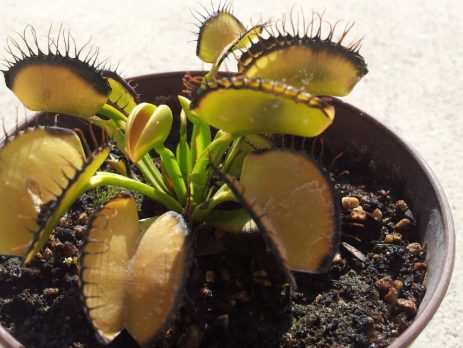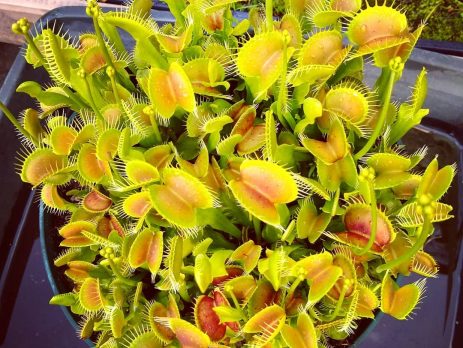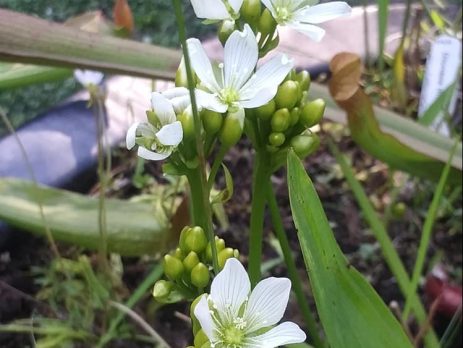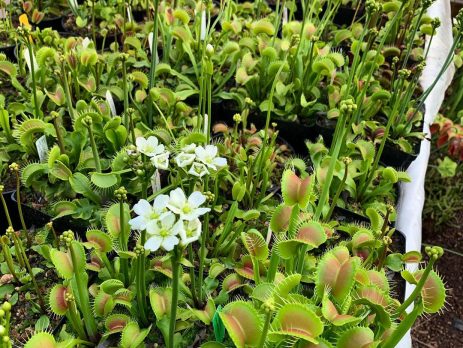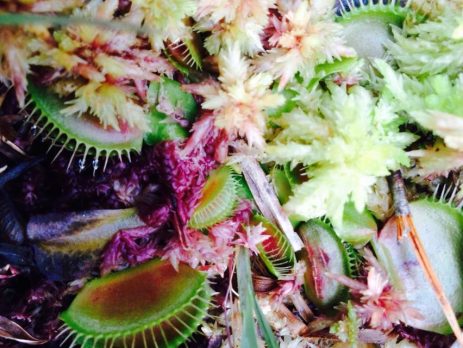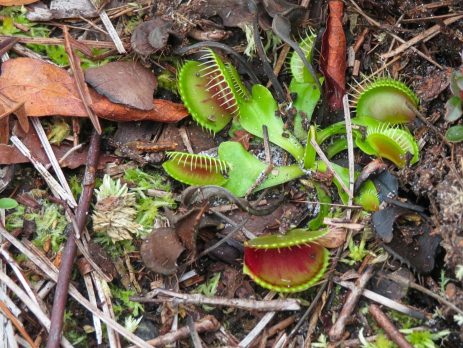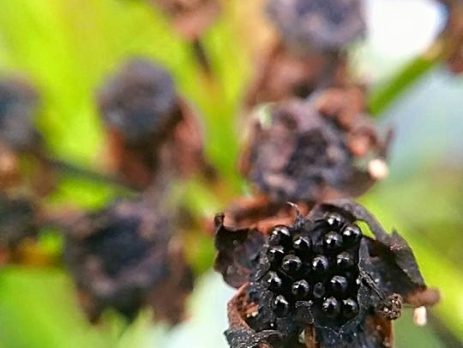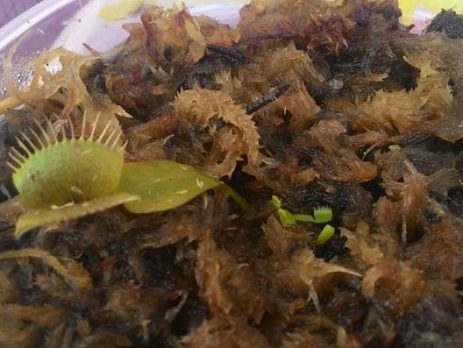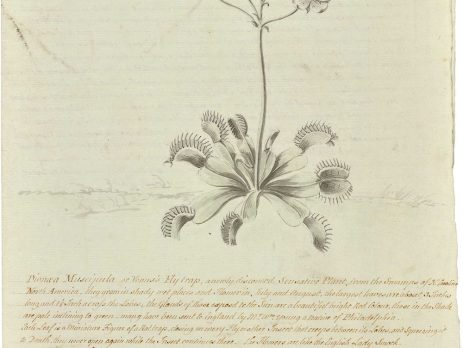What should I do if my Venus Flytrap’s leaves are turning brown?
If your Venus flytrap's leaves are turning brown, it may be a sign that the plant is not getting enough water or that it is being exposed to too much direct sunlight. Here are a few steps you can take to help your Venus flytrap: Water the plant with distilled water or rainwater. Venus flytraps are sensitive to minerals and chemicals found in tap water, so it's important to use distilled water or rainwater instead. Ensure the plant is getting...

